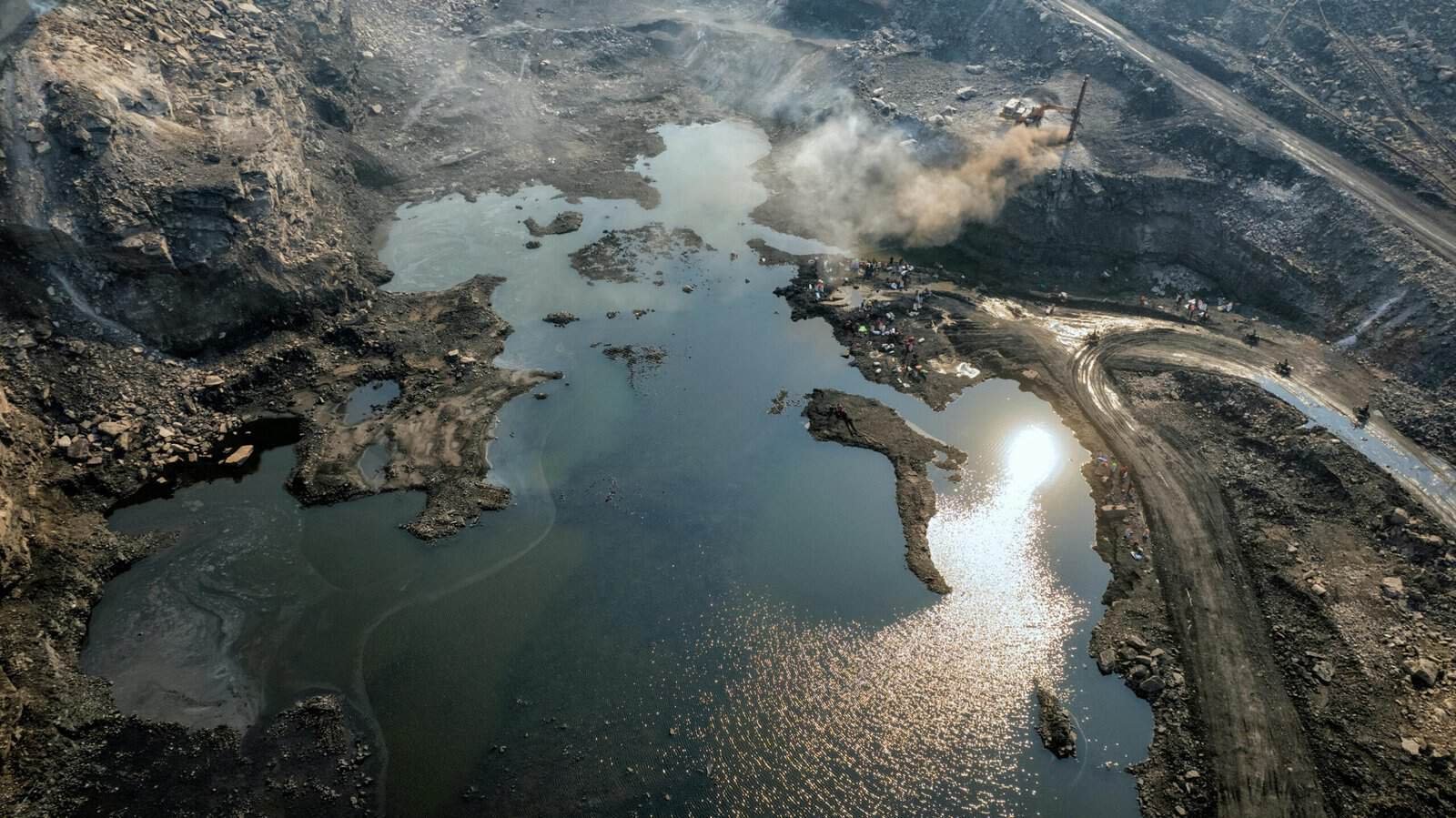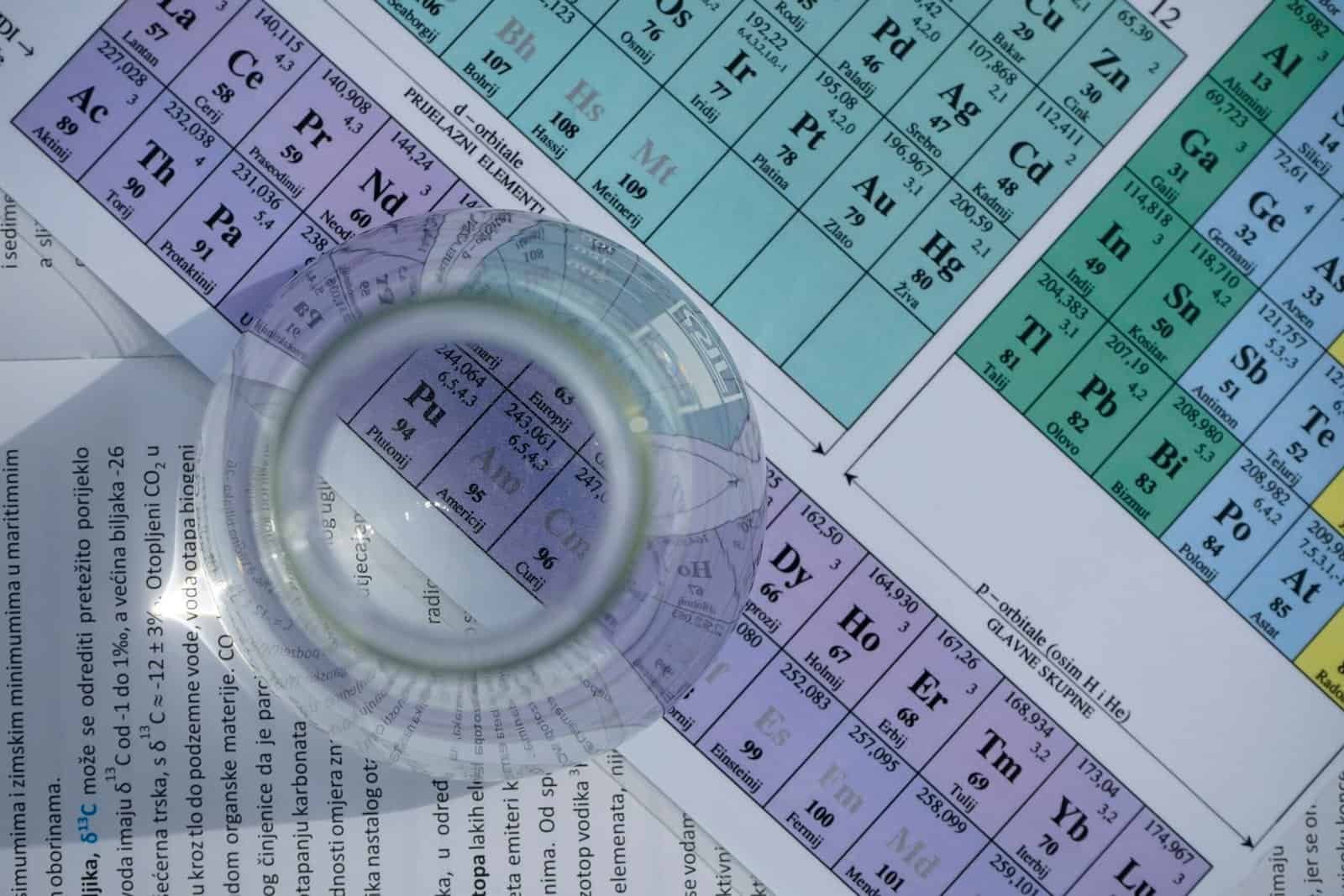Concerned your well may be at risk from nearby agriculture? Learn how groundwater, well safety, and farming practices can affect water quality. Stay informed!
How Do I Check For E. Coli In My Well Water?
Learn how to check for E. coli in your well water and ensure safety. Discover testing methods, signs of contamination, and steps to take if E. coli is…
Can Animals Contaminate My Well?
Explore if animals can contaminate your well water and learn prevention tips. Protect your drinking water with regular maintenance and vigilance against potential risks.
How Do I Disinfect My Well After A Flood Or Contamination Event?
Learn how to properly disinfect your well water after a flood or contamination event. Ensure safety and quality with this comprehensive step-by-step guide.
What Are The Health Risks Of Contaminated Well Water?
Discover the health risks of contaminated well water. Learn about contaminants, sources, effects, and steps for testing and treating your water to ensure safety.
How Do I Protect My Well During A Flood?
Learn how to protect your well from floods with practical advice on maintenance, immediate actions, and recovery strategies to ensure safe water supply.
What Is The Safest Type Of Well Cap To Use?
Learn about the safest well caps to protect your water supply. Discover features, materials, and best practices for installation to ensure clean, safe water.
How Do I Prevent Pesticides From Contaminating My Well?
Learn how to prevent pesticide contamination in your well with this guide. Discover risks, contamination paths, and steps for safe, chemical-free water.
What Is The Safe Distance Between A Septic System And A Well?
Learn the safe distance between septic systems and wells to prevent water contamination and protect your household’s health. Essential guidelines and tips included!
Can Bacteria Grow In My Well?
Discover if bacteria can grow in your well, potential implications, and how to protect your water supply for safe, healthy living. Learn key maintenance and testing tips.










